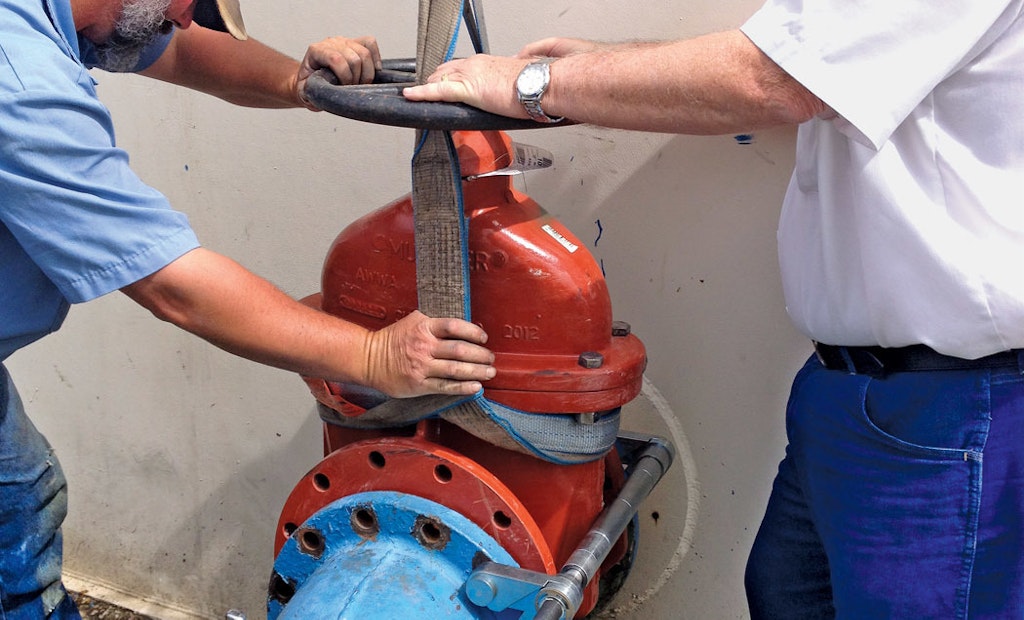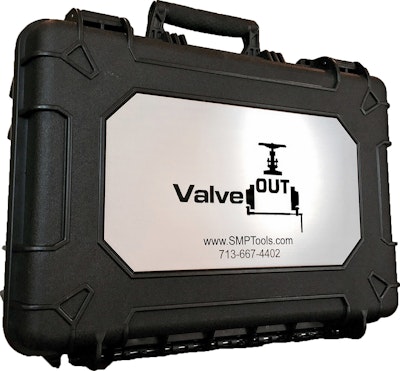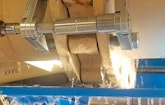
Two jack bolts connected to each of the spreader plates exert about 10 tons of pressure to pull apart the flanges on either side of a valve, allowing workers to easily slide out a damaged valve and replace it.
Prying apart flanges to replace leaking valves can be a time-consuming and risky procedure. But that’s not the case at the Regional Water Quality Control Plant in the city of Palo Alto, California, thanks to an investment in a Valve-Out flange-spreading tool made by Specialty...










